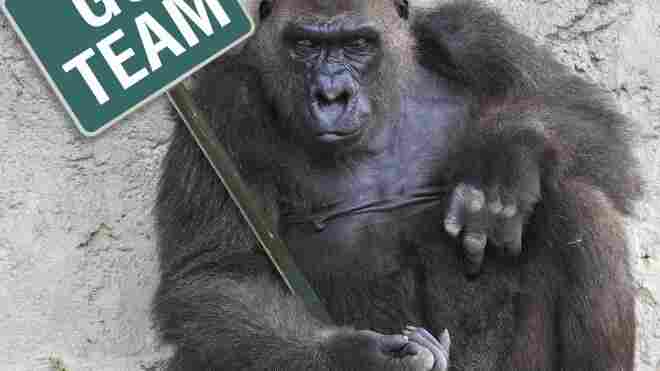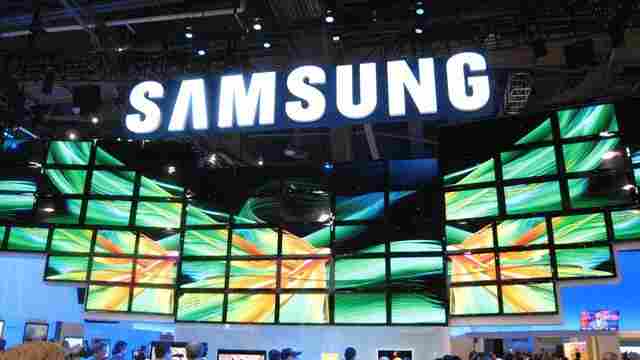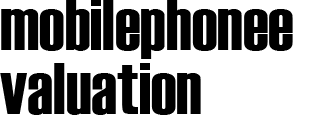The quantified self movement is seemingly out of its infancy, but an embracement of personal data tracking by a broader population still seems far off. The most committed loggers are willing to invest in multiple devices and apps, tracking everything from their sleep cycles and running paths to their changing temperament and every bite of food.

Many of these dedicated trackers spend hours poring over their data or building regression models in R, looking for patterns and experimenting with behavior changes. While admirable, perhaps, personal data tracking is unlikely to gain a wider audience until it becomes easier, with clearer benefits. We’re turning the spotlight on innovations in the personal data tracking space that may bring more potential data trackers into the space.
FitBit , Nike+ FuelBand , and Jawbone UP fans have been anticipating the arrival of Basis since CES 2012, ready to see how it stacks up to their movement monitor of choice. But the real disrupter in the wearable tracking space is likely to be from companies like Sano Intelligence . Sano is working on making an affordable patch that can continuously track your blood chemistry and send the data to any device for analysis and alerts.
The discrete solution can already report on glucose and potassium levels; it has a huge pool of potential users already: the estimated 25M Americans living with diabetes (and nearly 350M worldwide) who today must test via blood samples. While Sano may not solve passive tracking for all physical data, look for companies that follow them with price competitive and easily wearable options.
Just coming out of beta this summer, the Studycure is still rough but has a compelling core concept: develop a hypothesis, track results easily across multiple scales, then share and compare your data with others. For example, the tester of the hypothesis “IF I drink coffee before exercising, THEN I’ll have a better workout,” tracks minutes of exercise, how good the workout was, how much water he drank, and if he drank coffee before his workout.
Studycure provides basic graphing of the data points today, but we can imagine a compelling, interactive interface that would simplify analysis. With text-based reminders, it’s easy enough for anyone to use: you don’t need to remember to push data to keep track of your progress. While the current features and community are limited, the basic idea scales across any health experiment and seems highly usable by both individuals and health researchers.
Ginger.io has created a mobile phone app that collects both passive and active data, with the goal of connecting chronic patients to their medical providers. The core of the product, which spun out of MIT’s Media Lab, is the algorithms that it uses to predict potential patient problems largely based off of the passive signals collected.
The reliance on passive data collection, if proven successful, may be truly revolutionary in tracking mental and physical health. The team has focused on working with health care systems, where mass adoption truly becomes a plausible outcome as part of the treatment of people with depression, Alzheimer’s, Crohn’s, diabetes, and other chronic conditions.
For those who don’t mind keeping a half dozen different devices on hand, but just want an easy overview of all of the data collected, there may finally be a solution. Promising to integrate your FitBit, Withings , Zeo , and Garmin data, with more devices and sources in the works, TRAQSe could be a one-stop dashboard for whatever it is that you monitor.
It began as a personal project of one dedicated Quantified Self-er and has become a long-awaited aggregator for the less technically inclined. As of July, they’re reportedly sending out invites to the service’s beta.
For $4.99, you can get a heart rate monitor… on your iPhone. It may be an unexpected use of your phone, but as of August 9th, it’s real: point your camera toward your face and let the Cardiio app work its measurement magic. Developed by MIT and Harvard engineers, the app measures the light reflected from your face to determine your pulse and is reportedly measures within 3 beats per minute of a standard pulse oximeter.
The app makes it simple to track your resting heart rate (often an indicator of fitness levels) over time, as well as your heart rate after specific activities. With the app, you’re able to put a number on how stressful your last meeting was or how hard you worked on your run without needing to carry around a heart rate monitor. It also provides straightforward graphs of your data, plus comparisons of your levels to other data points (think Lance Armstrong’s measurements) to provide context. It’s already made it into the top paid apps in the iTunes store, showing there’s a real appetite for the functionality.
Image Credit: Cindi Matthews
Did Microsoft quietly unveil its Windows Phone 8 marketing campaign today?
Microsoft has released a video on YouTube, and it’s called “Meet Steve. See his Windows Phone”. It’s about Microsoft CEO Steve Ballmer’s handset, and it’s narrated by Ballmer himself:

So, why does this matter? Well, when I went to rewatch the Windows Phone 8 Launch webcast , I was reminded that it started off with a very similar video, except that we were being told about the Windows phone belonging to Joe Belfiore, the manager of Microsoft’s Windows Phone Program.
Suddenly it dawned on me: what if I’m looking at the early beginnings of Microsoft’s Windows Phone 8 campaign? Ballmer’s video is 46 seconds long, and Belfiore’s video is 39 seconds long, but there’s no reason why the pitches can’t be 30 seconds or 1 minute in length, so that they’re just perfect for TV.
Think about it. If Microsoft can get a few movie actors, pop stars, professional athletes, and famous celebrities in general to use Windows Phone 8 devices, customize them, and narrate an ad like the one above, the company could have a great campaign on its hands. It could feature a few famous people, and mix in “normal indviduals” such as food lovers, movie lovers, roadtrippers, music mentors, gamers, fashion hunters, page turners, single dads, socializers, working moms, play makers, deal seekers, twin brothers, and the up-all-nighters.
In fact, I’m getting the above list from a separate Windows Phone 8 ad released today:
http://www.youtubeom/watch?v=a4Z1IqQbfxA
The first one is better because it shows more of the actual interface and the second one is better because it shows people that you can relate to. Now, put that together and feature people that phone buyers look up to, and you have something that stands a chance amongst all the Android and iOS hoopla.
All throughout the Windows Phone 8 announcement today, Microsoft was emphasizing how customizable Windows phones were, both in terms of hardware offerings, but as well in terms of the software. We’ve already seen Windows 8 ads , Microsoft Surface ads , and above you can see Windows Phone 8 ads. Yet Ballmer says Microsoft is just getting warmed up:
Microsoft’s CEO was interrupted at this point by applause. No, seriously, he got through two words of his next sentence and was cut off (watch it yourself at the 1 hour, 1 minute mark ).
An amalgamation of the two videos above would make a great advertising campaign because it shows the product, it entertains the viewer, and it is something that you can relate to. Is that what Microsoft has up its sleeve? Time will tell.
Image credit: Glenn Pebley
Samsung chairman: New products, investments will drive growth in “difficult” 2012
Samsung chairman Lee Kun-Hee has indicated that the Korean electronics giant will seek to acquire new startups, make key investments and develop new products to reduce a stagnation in its growth, the AFP reports .

In a New Year’s speech, Lee said that existing businesses would face difficulty posting growth in the coming year amid an economic downturn, but a focus on new start-ups and new technologies would provide the best opportunities during the slowdown.
The Samsung chairman said:
Samsung, the world’s largest technology company in terms of revenue, has enjoyed growth in the smartphone, tablet and memory chips segments, enjoying a fierce rivalry with Apple for consumer attention in a competitive handset and tablet market.
The company is expected to launch a number of new smartphones, tablets and other consumer electronics at January’s CES 2011 expo, we will of course be on the floor to bring you all of the latest developments.
